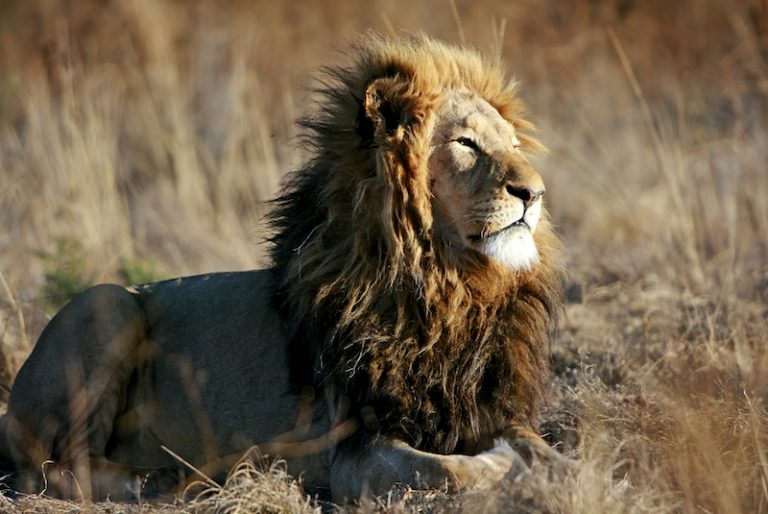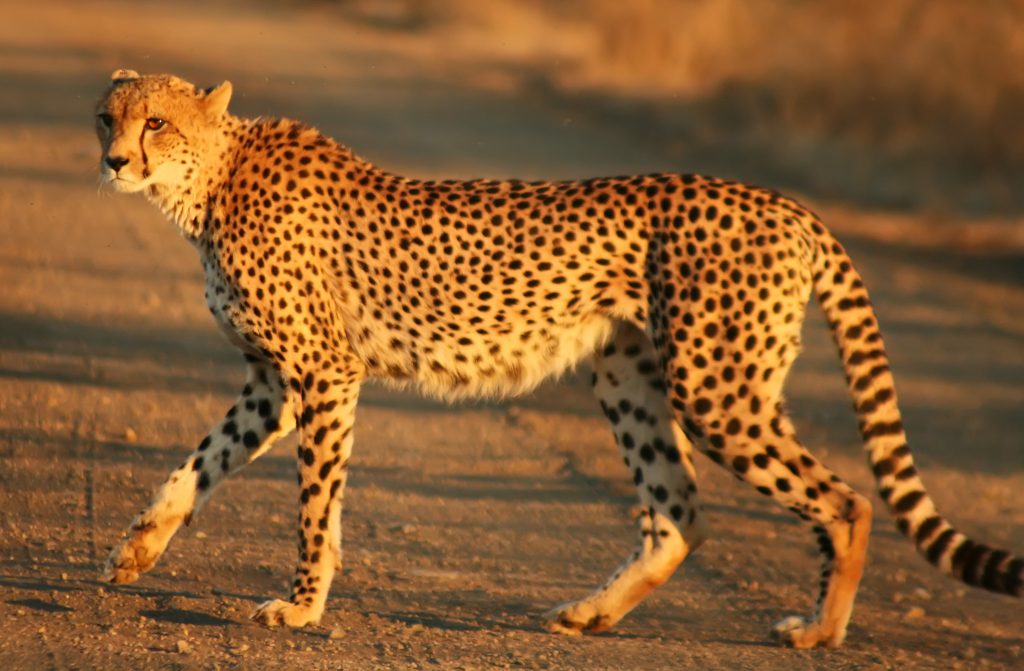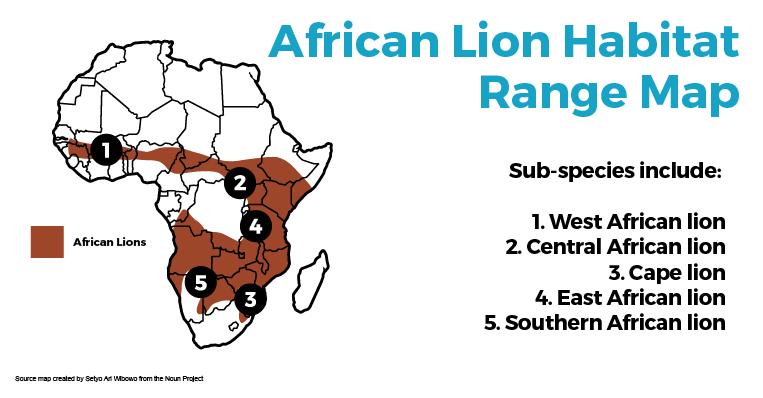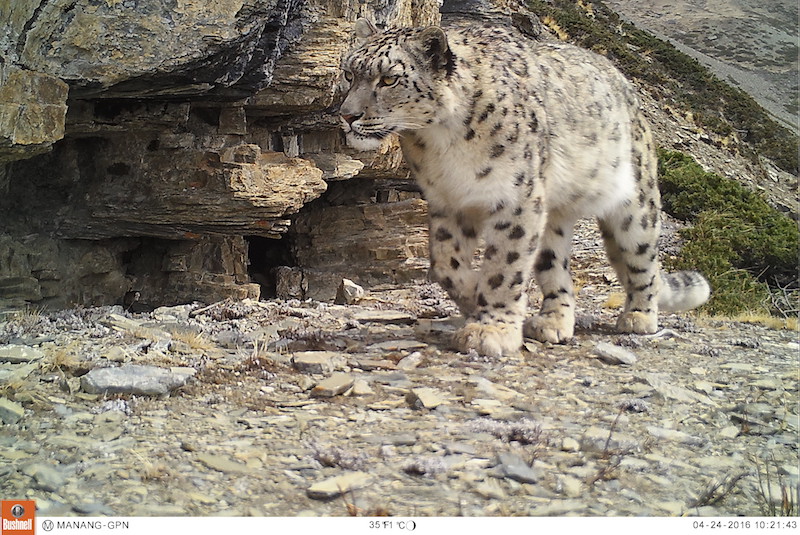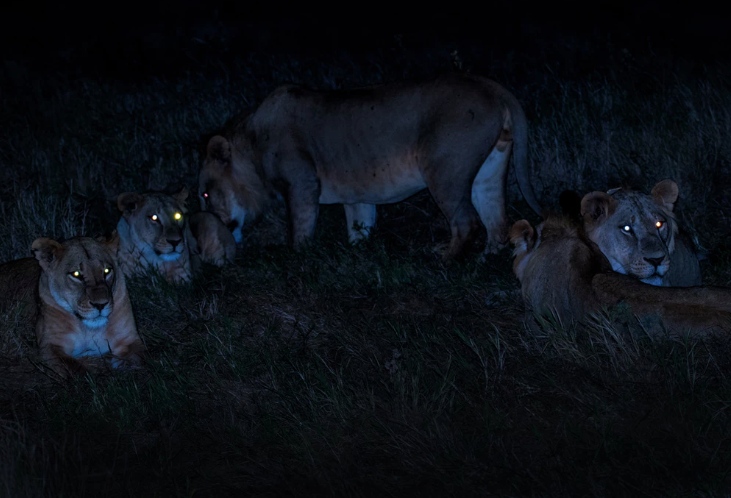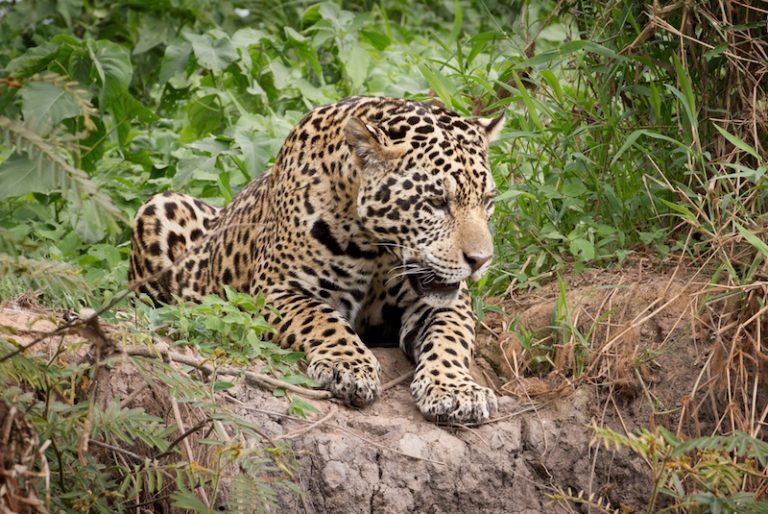BIG CATS
SEE Big Cats
Big cats are among the most revered and feared animals on earth. Biologists consider six species to be big cats: leopards, cheetahs, jaguars, lions, snow leopards, and tigers. Other big cat facts include their unique breeding patterns and social structures. While many of these animals are elusive to see in the wild, the sight of a big cat can be a life-changing experience.
Did You Know?
- A recent study hypothesizes that tigers and snow leopards are the most closely related to each other. Lions, leopards, and jaguars evolved from the same ancestor.
- Lions are the only big cats that live in groups, called “prides.”
- Some individual species have been on earth for 2 upwards of 4 million years.
- Populations of all big cat species are considered either endangered, vulnerable, or near threatened. All populations are declining.
- Learn about the threats to big cats here.
Lions are the only big cats to live in groups (known as prides) and adult male cheetahs live in pairs. Cats in colder climates generally mate in the winter and have their young in the spring. Cats in warm climates generally mate year round.
Females begin mating at 2-4 years of age. Their gestation period averages between 90 and 110 days and depends on the species. Female cats usually will have their cubs in dens or areas protected by vegetation.
Mother cats have typically 1 – 4 cubs in a litter, while some cats, like cheetahs can have up to 9 cubs in a litter. The cubs are born with their eyes closed, and don’t open them until between a 1 and 2 weeks old.
Famous Quotes about Big Cats:
- A lion is called a ‘king of beasts’ obviously for a reason. – Jack Hanna
- A lion’s work hours are only when he’s hungry; once he’s satisfied, the predator and prey live peacefully together. – Chuck Jones
- In waking a tiger, use a long stick. – Mao Zedong
- The snow leopard is absolutely magnificent. It represents really what endangered species are all about. – Jack Hanna

